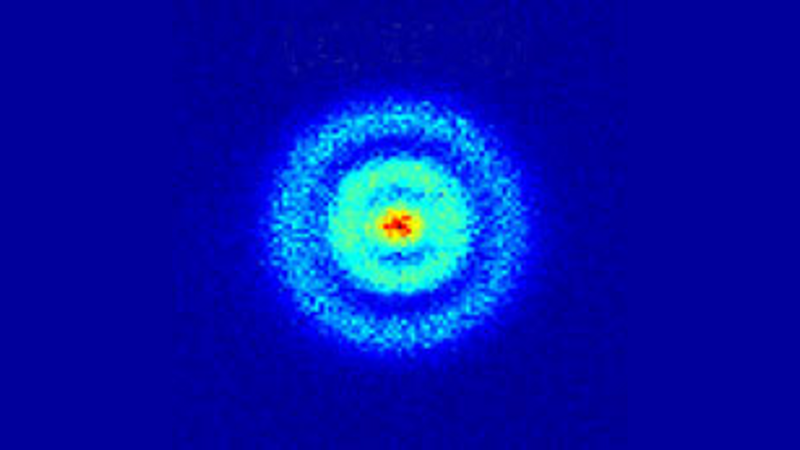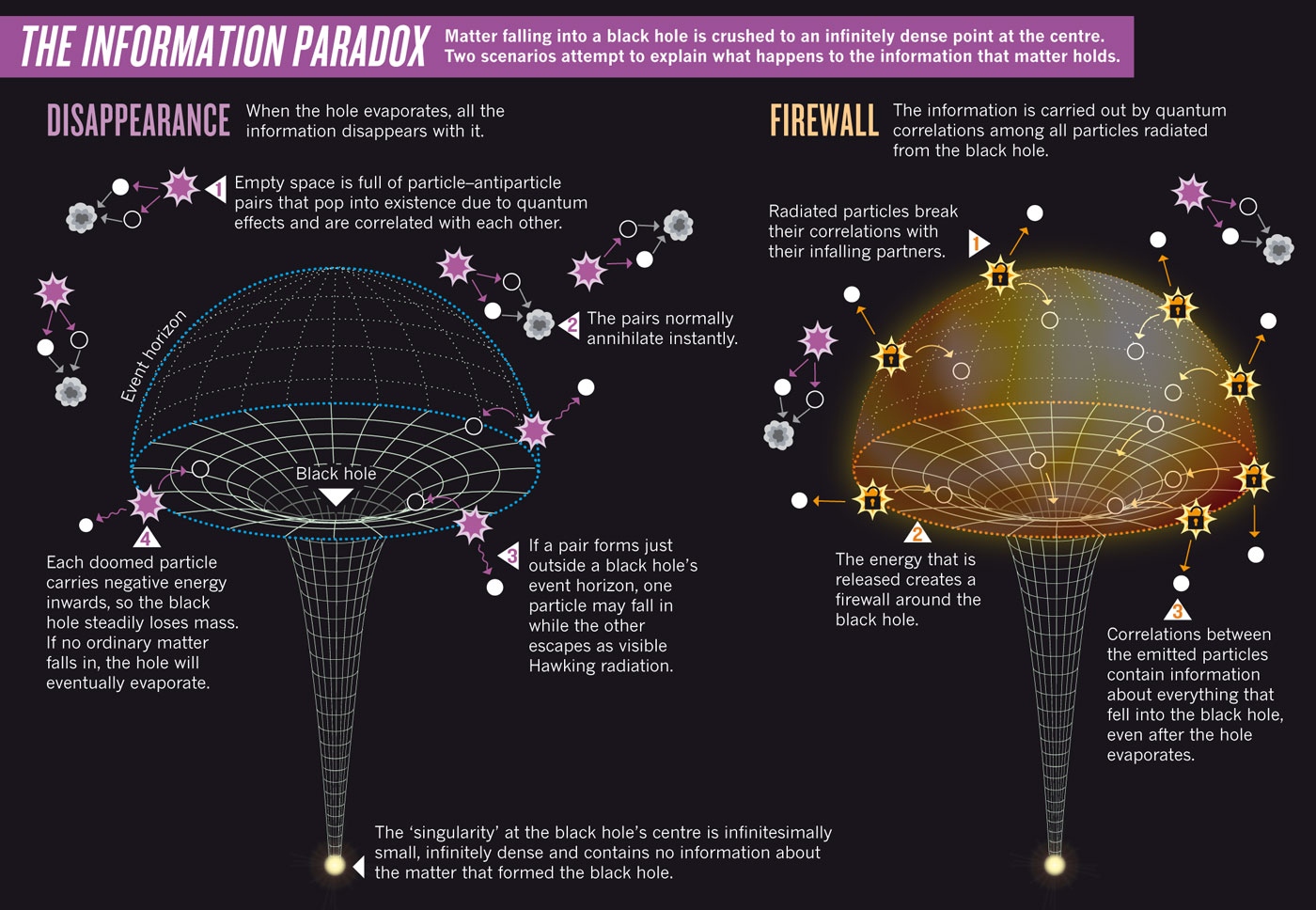- Joined
- Dec 18, 2004
- Messages
- 12,749
- Reaction score
- 22,813
Is there another version of you somewhere out there in a parallel Universe?
What we find is that the Universe is most consistent with being spatially flat, with being uniform over a volume that’s much greater than the volume of the piece of the Universe observable to us, and therefore probably containing more Universe that’s very similar to our own for hundreds of billions of light years in all directions, beyond what we can see.
But theoretically, what we learn is even more tantalizing. You see, we can extrapolate the Big Bang backwards to an arbitrarily hot, dense, expanding state, and what we find is that it didn’t get infinitely hot and dense early on, but rather that — above some energy and before some very early time — there was a phase that preceded the Big Bang, and set it up.
The Multiverse and you




















